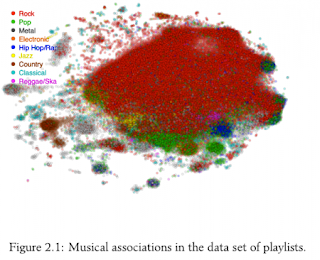
It happens slowly, but it has a definite momentum.
And it first appears unrelated, but I don't believe it is. Childbirth in the US is changing.
First, the
news that the maternal mortality rate in the US is rising dramatically. Maternal mortality is defined by the World Health Organization as ‘‘the death of a woman while pregnant or within 42 days of termination of pregnancy, irrespective of the duration and the site of the pregnancy, from any cause related to or aggravated by the pregnancy or its management, but not from accidental or incidental causes.’’
The US currently ranks 33rd out of 33 industrialized nations. The rate, which is measured in deaths per 100,000 births, rose from 17 in 2000 to 21 in 2005, and is
still climbing.
A report commissioned by Amnesty International shows that in California, the maternal mortality rate in California has
tripled in a decade, rising from 5.6 deaths per 100,000 to 16.9 per 100,000 in 2006 (these statistics are always a few years behind, so if the
trend has continued, we can expect that the current rate has not improved and may be higher).
Why? The reasons range from hemorrhage to blood clots to "underlying heart disease," which is a surprise. I'm not sure if that essentially means lack of proper prenatal care, a health insurance coverage issue, or too many stops at McDonalds during pregnancy. Not sure how to explain that one. The report has not been officially released, though, so perhaps it will clarify these oddities. Others have suspected that the maternal mortality rate is correlated with the increase in cesarean sections in the US. Our most recent estimates place the c-section rate in this country around 33-37%, depending on which source you use. About one in three women have a cesarean instead of a vaginal birth. By any measure, that's far too high.
And then the quite sudden
news about VBACs (vaginal birth after cesarean), which had been officially decried by ACOG (American College of Ob-Gyns) as too risky for women who had an initial or a repeat cesarean, but VBACs are now being encouraged.
Many VBAC advocates have argued for years that vaginal births are safer for women than a repeat of the major abdominal surgery of a c-section, and all signs have shown that they were being ignored. Suddenly the NIH
reviews the information and recommends VBACs.
I don't believe these two things are unrelated in their timing. Many women have been vying for change in childbirth in this country. So first we see evidence that our system hasn't been working as well as we had hoped, and immediately following that, we see
adjustments being made with major implications for women everywhere (it follows that since more women are having/have had cesarean sections, more will be candidates for VBACs).
Change is (finally!) happening.
















